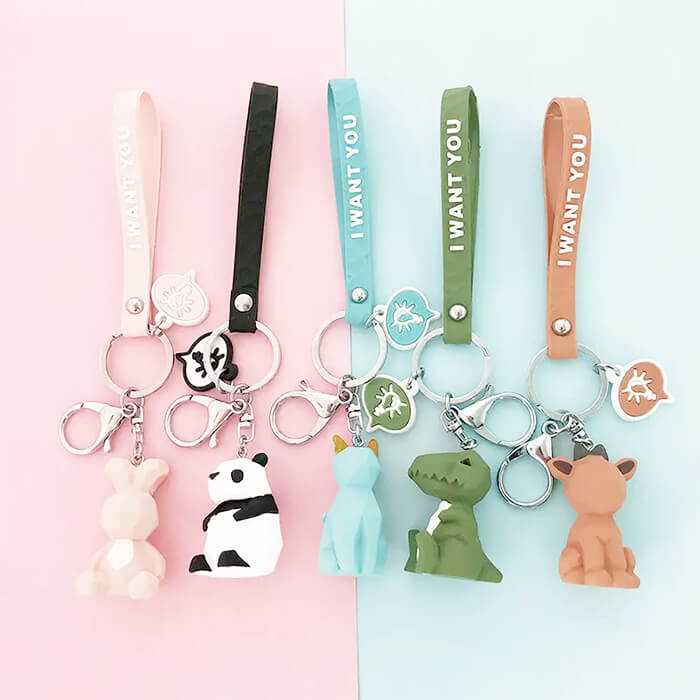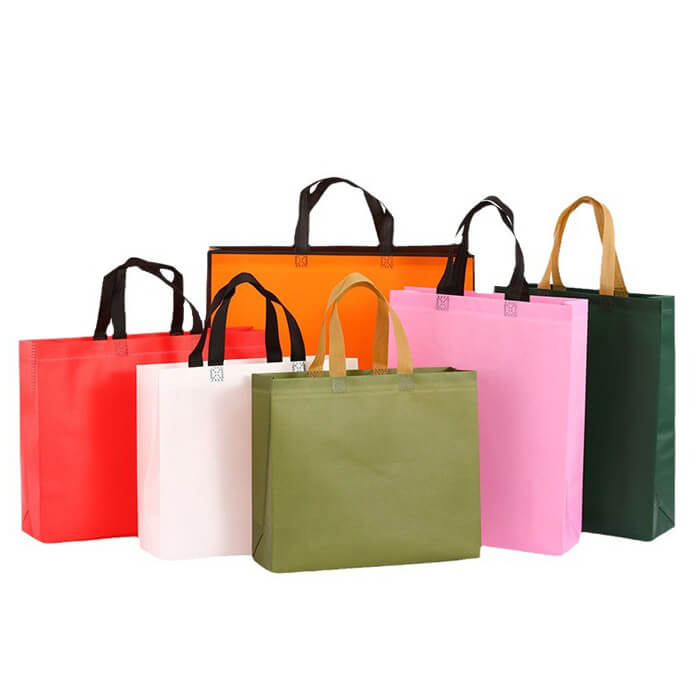The blood in your body should stay moving throughout the body. However, some lifestyle choices and health conditions can slow down your blood flow or cause it to pool around your feet and ankles. This causes swelling and creates the risk of more serious health conditions.
But there’s some good news!
Science has invented compression socks to facilitate healthier blood flow in your legs and prevent or alleviate vein-related issues.
The nitty-gritty of the science in compression socks is what this article is about. But I’ll also tell you about the types of compression socks, who should wear them, how to choose a high-quality pair, and how to face the few risks and challenges associated with wearing compression socks.
Let’s dive in with a quick compression socks definition.
What are Compression Socks?
Compression socks are specialized foot and leg wear created to aid better blood flow in your feet, ankles, and legs. By doing this, compression socks help prevent or manage health issues such as swelling, pain in the ankles and legs, and other serious conditions like chronic venous insufficiency, varicose veins, and deep vein thrombosis.

While they might look just like all other types of socks, there’s a complex science in how compression socks work. Understanding the working of compression socks will help you better appreciate the benefits they can bring to your legs and overall health.
The Science in Compression Socks
The science in compression socks is built on how blood flows to and from your heart.
Arteries and veins are the structures that carry blood in your circulatory system. Arteries carry blood from your heart to other parts of the body while veins return it from other body parts to the heart.
Your legs have two types of veins, superficial veins that sit just below the skin and deep veins inside the muscles. Both vein types have one-way valves that push blood against gravity to send it to the heart.
During walking, the muscles in your legs contract, squeezing the deep veins to push blood up to the heart. Unfortunately, the superficial veins beneath the skin don’t have the help of the muscles but rely on the one-way valves to push blood up.
If you sit, stand, or walk for long hours, the veins in your legs may not keep up with sending blood back to the heart against gravity.
This causes pressure on your legs and feet, leading to fluid buildup in the veins. The symptoms will show in swollen feet and ankles, plus fatigued veins that feel like they will burst. Similar symptoms also come with health conditions that compromise blood flow in your legs and feet.
Compromised blood flow from your feet to the heart is where compression socks come in.
The socks work by exerting compression on the legs to help close the valves of your veins and enhance blood circulation.
The compression is exerted more around the ankle and reduces as the sock goes up along the calf to the knee.
In summary, compression socks perform the work of the muscles that compress the valves in your leg veins to enhance circulation and send blood back to the heart.
That said, it’s important to note that not all compression socks are the same. People with different blood flow issues in their legs and feet will require different types of compression socks.
Types of Compression Socks
Experts categorize compression socks according to their compression strength. This compression is measured in millimeters of mercury (mmHg), the same as blood pressure.
While there is no single universal standard for types of compression socks, they usually fall into three classes, depending on the pressure range:
- Class 1: Mild compression below 20 mmHg.
- Class 2: Medium compression of 20-30 mmHg.
- Class 3: High compression above 30 mmHg).
These pressure ranges define the 3 types of compression socks.
Type1.Non-Medical Support Hosiery
These are socks or stockings that uniformly provide compression throughout your leg. In other words, compression at the ankle is the same as other parts of the leg and does not decrease as the sock goes up.
You do not need a medical prescription to wear this type of compression socks. You can buy them over the counter. They are the type of compression socks anyone can buy from sock manufacturers.
You can wear non-medical compression socks during flights or as a relief for painful, swollen, or tired legs from long hours of walking, standing, or sitting.
Type2.Antiembolism Compression Socks
These are medical socks or stockings used with bedridden patients to minimize the risk of deep vein thrombosis.
Manufacturers of antiembolism compression socks follow recommended technical specifications in favor of the patients who use them. A general physician should prescribe you this category of compression socks.
Unlike the simpler non-medical type, the pressure exerted by antiembolism compression socks is more at the ankle area and decreases as the sock goes up.
Type3.Graduated/Medical Compression Socks
Graduated compression socks are medical hosiery won strictly at the doctor’s prescription.
They have the highest level of pressure on the leg, with compression exerted more at the ankle and decreasing as the sock goes up the leg.
Graduated compression socks are manufactured under strict technical and medical specifications.
People with edema and chronic venous disease are common candidates for graduated compression socks. Doctors will prescribe these socks for serious cases, such as ambulatory patients.
Note: Since the focus of this post is not medical, most of the content targets type 1, non-medical compression socks.
Who Should Wear Compression Socks?
People in good health who want to promote better blood circulation and overall health can use compression socks.
However, medical compression socks are for patients with serious medical conditions as part of their comprehensive therapy
Here’s a summary of what that means.
|
Non-medical Use of Compression Socks |
Medical Use of Compression Socks |
|
|
How to Choose High-quality Compression Socks
Your doctor or physician will give you details about the type of compression socks to choose if you need the medical type.
If you are using non-medical compression socks, making the right choice can be challenging.
So, here’s a 5-point guide to choosing high-quality compression socks.
1.Go for Durable and Comfortable Material
High-quality compression socks are made from a blend of spandex, polyester, and nylon. These synthetic materials have great elasticity, offering the comfort and durability required with compression socks.

If you also want a soft feel, more nylon will do the trick. However, if you want durability and firm compression, spandex takes the win.
Some compression socks will also include merino wool blends, adding thermal-regulating and antimicrobial properties.
2.Ensure You get the Right Fit
Compression socks should exert pressure on your legs to serve their purpose. However, a wrong fit can be either too loose or too tight. Too loose will not give the required compression. Too tight can hinder blood circulation instead of helping it.
To be sure you have the right fit, find a size that has your calf circumference and your shoe size at the foot. That way, your compression socks will feel snug but not uncomfortable.
3.Match Compression with Purpose
When buying compression socks, the right compression level is crucial.
If you use compression socks for the preventative and comfort purpose of preempting swollen or fatigued feet, the non-medical type with even compression will work perfectly.
But, if your compression socks have a prescribed medical purpose, opt for those with graduated compression: more pressure at the ankle areas and less along the rest of the leg.
4.Prioritize Moisture-Wicking and Breathability
Compression socks that absorb moisture and stay damp or become extremely hot or cold will not perform their function properly. In fact, they can even cause additional problems, such as fungal infections and blisters.
To be on the safer side, go for compression socks with good moisture-wicking and breathability levels.
Again, compression socks made of blended synthetic materials like polyester, nylon, and spandex and a bit of Merino wool have better moisture-wicking and breathability properties.
5.Ensure Durability and Compression Efficiency Features
Durable compression socks are not just made from good material, they also have quality stitching and efficiency features such as side zips to facilitate wearing.
Besides, they will withstand regular washing and pulling while wearing without losing their compression level or tearing apart.
Some medical compression socks will come with a warranty. Over-the-counter non-medical compression socks may not have a warranty, but it won’t hurt to request the manufacturer's guarantee of value. Reading the reviews of other users can also help you know which compression socks are of quality.
When choosing compression socks, following these 5 factors will help counter any risks and challenges associated with wearing them.
Are There Risks and Challenges in Using Compression Socks
Because they have a tight fit, it can be challenging to put on and pull up compression socks. These tips will help you wear compression socks with greater ease.
- Ensure your feet and legs are completely dry.
- Apply a bit of regular baby talcum powder to aid with sliding the sock up your leg.
- If the first two don’t help, use a stocking donner. See how that works in this Essity Health & Medical USA video.
https://www.youtube.com/watch?v=i3QmY9BZQSw
As for possible risks, medics contraindicate compression socks for those with certain health conditions, such as peripheral vascular disease and ischemic disease. Using compression socks while suffering from these diseases can trigger complications.
Also, diabetic patients may have issues with compression socks. That’s because nerve dysfunction associated with diabetes can prevent patients from feeling any adverse changes on their feet.
Final Thoughts
Wearing compression socks is a healthy practice for people who seek to prevent or manage blood circulation issues in their feet and legs.
While low and even compression socks can be used with a prescription and purchased over the counter, high, graduated compression socks require a medical prescription.
Whichever is your case, talking to your healthcare provider before using compression socks is wise. You never know if you are among those who should not use them.
Does this article trigger your curiosity about compression socks even more? Type a comment below, and let us keep the conversation on compression socks going.
References
- CARE-MED. Features of High-Quality Compression Socks. https://care-med.ca/qualities-to-look-for-in-compression-socks/
- Riverside. Compression socks: What are they and who needs them? https://www.riversideonline.com/patients-and-visitors/healthy-you-blog/blog/c/compression-socks-what-are-they-and-who-needs-them
- Stockingaid.com. Compression socks: when do you need them? https://www.stockingaid.com/blog/post/compression-socks-when-do-you-need-them/
- Midwest Institute for Non-Surgical Therapy. Compression Socks – Everything You Need to Know About the Unglamorous Side of Vein Health. https://www.mintstl.com/blog/compression-socks-everything-you-need-to-know-about-the-unglamorous-side-of-vein-health
- Oklahoma Heart Institute. What You Need to Know About Compression Socks Before You Buy. https://oklahomaheart.com/blog/what-you-need-know-about-compression-socks-you-buy
- Columbus Medical Association. How Compression Stockings Can Change the Way You Feel and Improve Your Health. https://blog.columbusmedicalassociation.org/blog-1/2022/1/14/how-compression-stockings-can-change-the-way-you-feel-and-improve-your-health
- National Library of Medicine. Graduated compression stockings. https://www.ncbi.nlm.nih.gov/pmc/articles/PMC4081237/
- USA University Surgical Associates. Do You Need Compression Socks? https://universitysurgical.com/do-you-need-compression-socks/
Awesome! Share To :
Receive our news


